Matthew Makdad
MultiLoad-GAN: A GAN-Based Synthetic Load Group Generation Method Considering Spatial-Temporal Correlations
Oct 03, 2022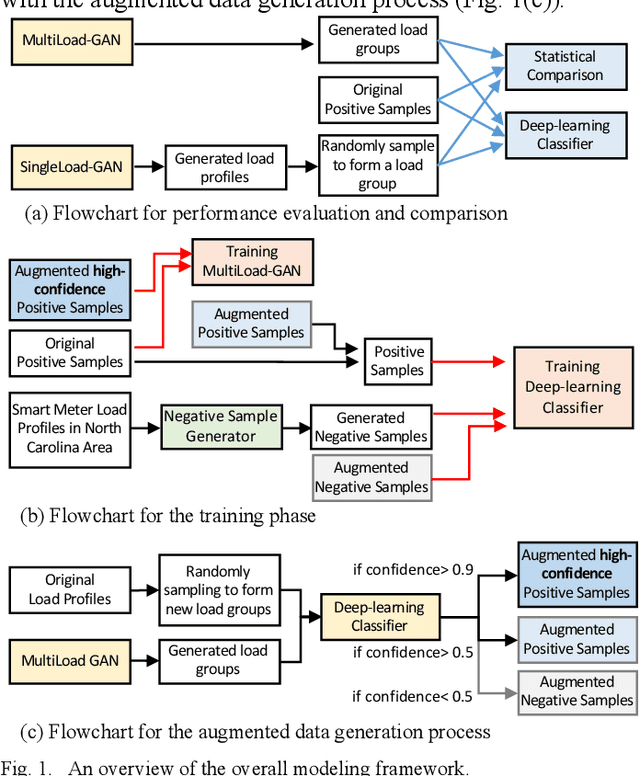
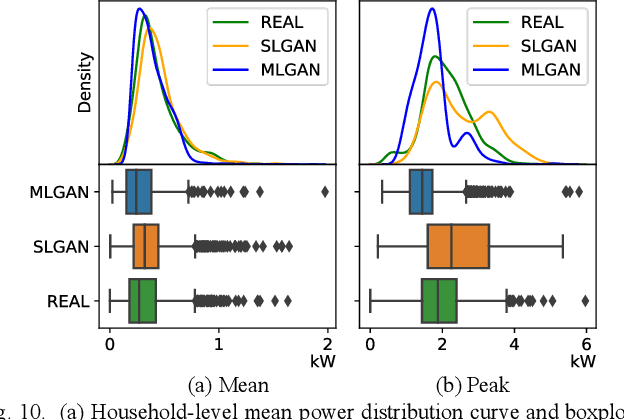
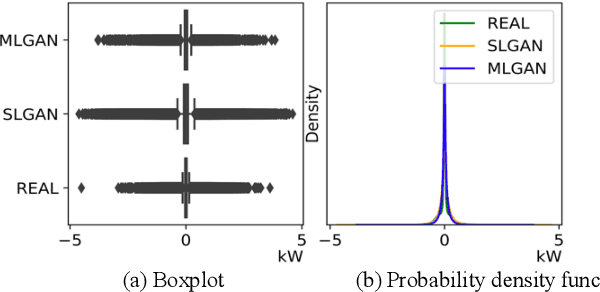
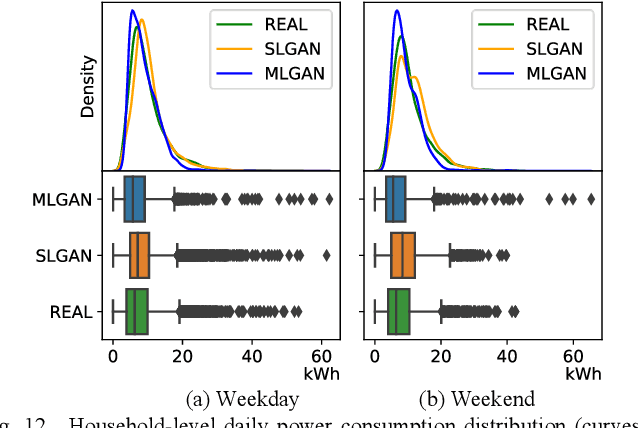
Abstract:This paper presents a deep-learning framework, Multi-load Generative Adversarial Network (MultiLoad-GAN), for generating a group of load profiles in one shot. The main contribution of MultiLoad-GAN is the capture of spatial-temporal correlations among a group of loads to enable the generation of realistic synthetic load profiles in large quantity for meeting the emerging need in distribution system planning. The novelty and uniqueness of the MultiLoad-GAN framework are three-fold. First, it generates a group of load profiles bearing realistic spatial-temporal correlations in one shot. Second, two complementary metrics for evaluating realisticness of generated load profiles are developed: statistics metrics based on domain knowledge and a deep-learning classifier for comparing high-level features. Third, to tackle data scarcity, a novel iterative data augmentation mechanism is developed to generate training samples for enhancing the training of both the classifier and the MultiLoad-GAN model. Simulation results show that MultiLoad-GAN outperforms state-of-the-art approaches in realisticness, computational efficiency, and robustness. With little finetuning, the MultiLoad-GAN approach can be readily extended to generate a group of load or PV profiles for a feeder, a substation, or a service area.
A Novel Data Segmentation Method for Data-driven Phase Identification
Nov 20, 2021
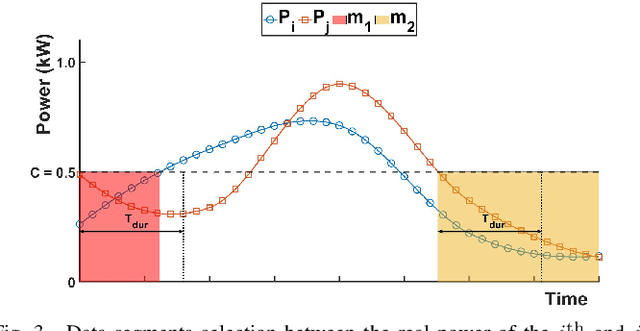
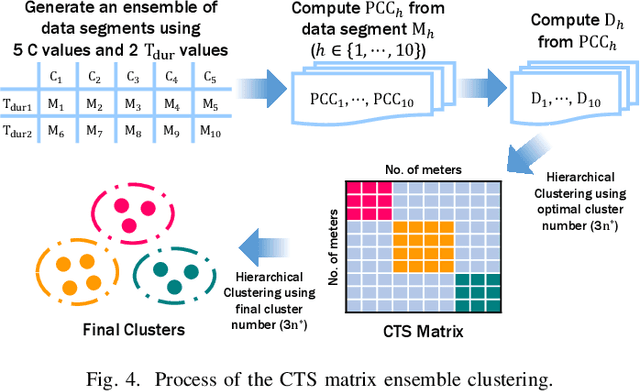
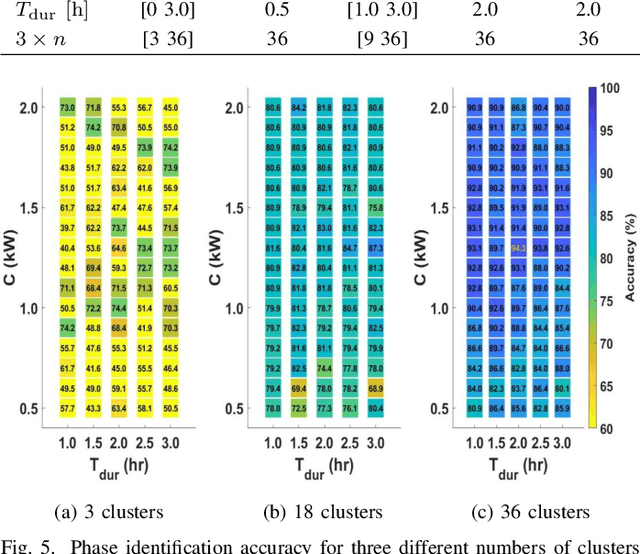
Abstract:This paper presents a smart meter phase identification algorithm for two cases: meter-phase-label-known and meter-phase-label-unknown. To improve the identification accuracy, a data segmentation method is proposed to exclude data segments that are collected when the voltage correlation between smart meters on the same phase are weakened. Then, using the selected data segments, a hierarchical clustering method is used to calculate the correlation distances and cluster the smart meters. If the phase labels are unknown, a Connected-Triple-based Similarity (CTS) method is adapted to further improve the phase identification accuracy of the ensemble clustering method. The methods are developed and tested on both synthetic and real feeder data sets. Simulation results show that the proposed phase identification algorithm outperforms the state-of-the-art methods in both accuracy and robustness.
 Add to Chrome
Add to Chrome Add to Firefox
Add to Firefox Add to Edge
Add to Edge